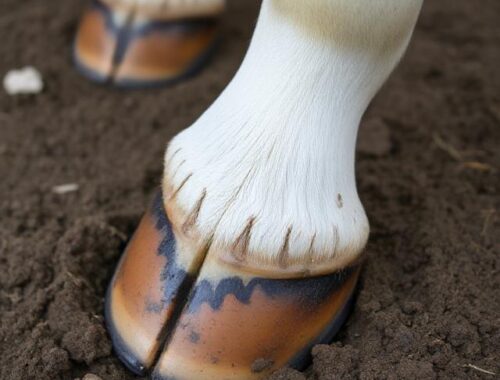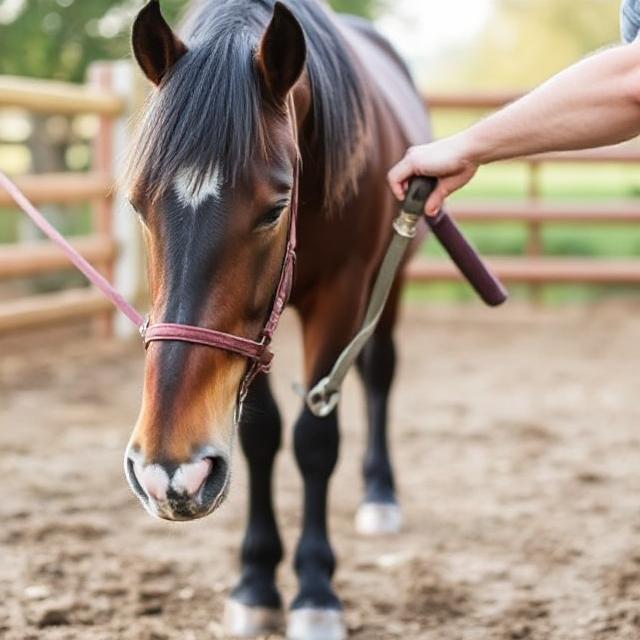
Top 5 Hoof Cleaning Mistakes and How to Avoid Them
Hoof cleaning might seem like a simple routine—but miss a few steps, and you risk infections or lameness. Doing it right isn’t just about keeping hooves dirt-free. It’s about protecting your animals from bigger problems down the line.
Think of it like brushing your teeth. Skip it too often, and trouble builds up fast. Cleaning hooves correctly keeps your horse or livestock healthy, moving well, and out of the vet’s office. Good hoof care starts with daily habits. And avoiding the most common hoof maintenance errors makes all the difference.
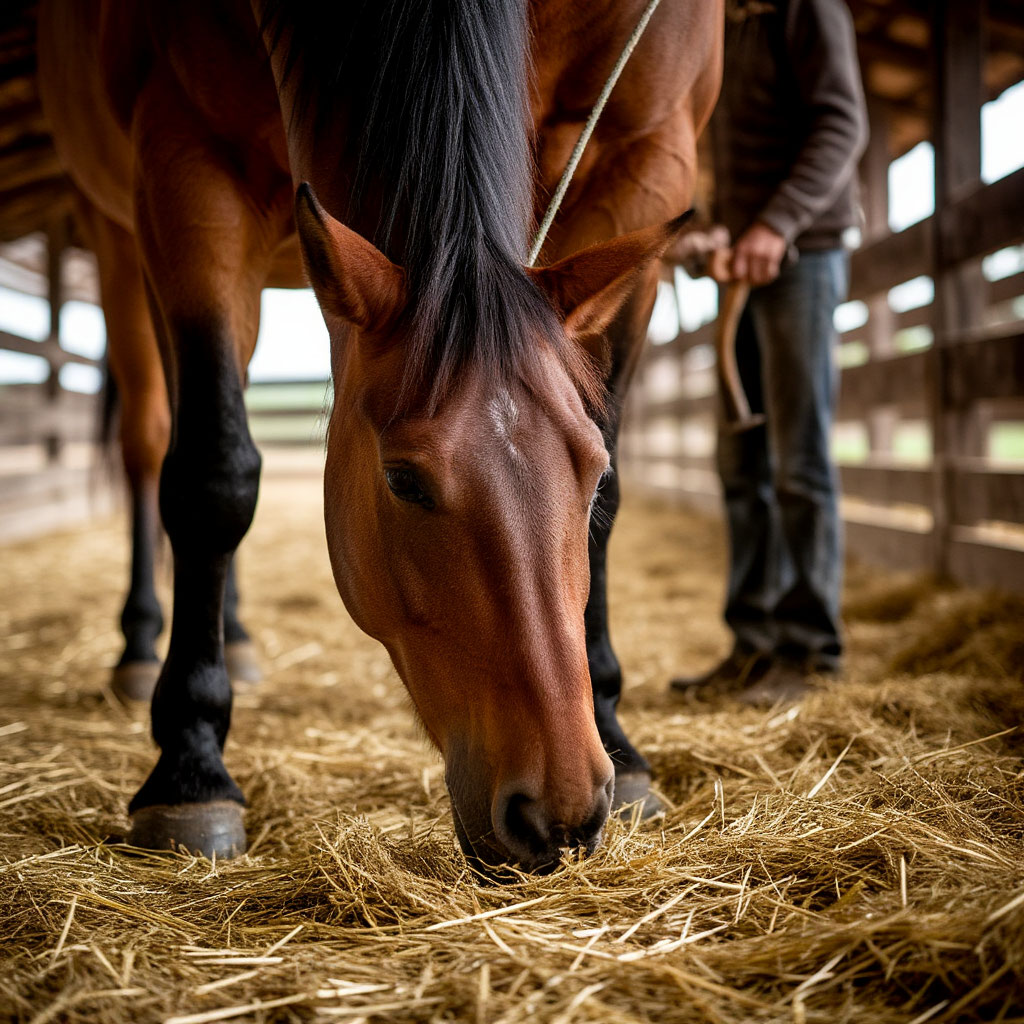
The Importance of Proper Hoof Cleaning
Cleaning your horse’s or livestock’s hooves might feel like a simple routine. But doing it wrong—or skipping it entirely—can lead to infections, lameness, or expensive vet visits. Hoof cleaning is a small job with big consequences when ignored.
Think of hoof cleaning as daily maintenance. Just like brushing teeth prevents cavities, consistent cleaning hooves correctly helps avoid bigger problems. It’s not about making them spotless. It’s about keeping them healthy.
Animals rely on sound hooves for everything—from walking to standing comfortably in the barn. If their hooves are compromised, everything else suffers. That’s why hoof hygiene tips aren’t optional. They’re essential.
Mistake 1: Using the Wrong Tools
The wrong tools can do more harm than skipping hoof cleaning entirely. Sharp metal picks or stiff wire brushes might seem effective, but they can cause micro-damage. Even worse, dirty tools spread bacteria from one hoof to another.
Use What Works
Here’s what should be in your basic hoof care kit:
- A curved hoof pick that follows the frog’s shape.
- A stiff nylon brush to loosen packed dirt.
- Clean towels or rags for drying.
- A spray disinfectant for your tools.
- A small flashlight or headlamp to spot debris in poor lighting.
Leave wire brushes and dull picks behind. They’re either too aggressive or too slippery. Avoid anything rusty or cracked, especially if you’re cleaning hooves after wet turnout. Safe hoof cleaning methods start with the right tools and a little attention to detail.
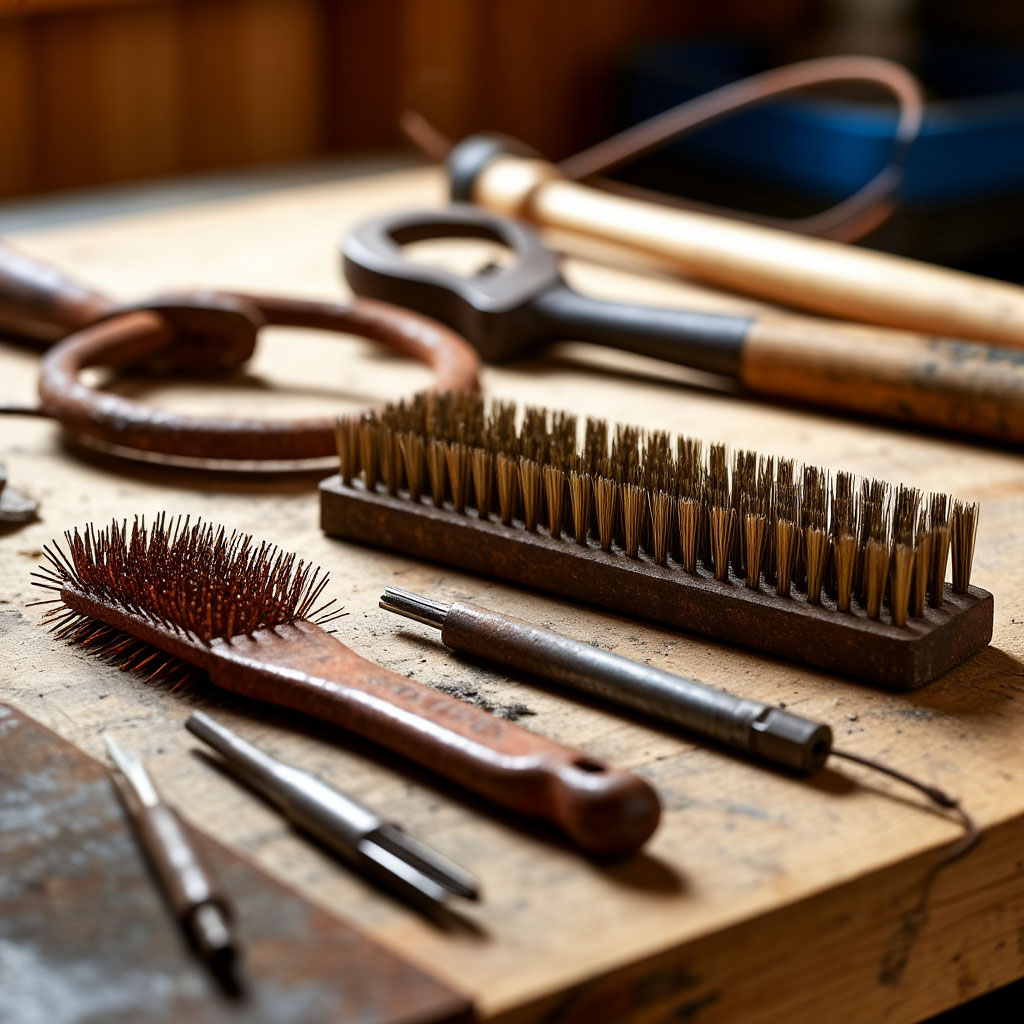
Mistake 2: Cleaning Too Infrequently
Many hoof care mistakes begin with inconsistency. Some owners only clean before riding. Others assume dry weather means they can skip a day or two. But skipping even one session can give bacteria time to thrive.
Signs You’re Not Cleaning Enough
Neglecting hoof cleaning doesn’t show up right away. But over time, problems build up. Keep an eye out for these early red flags:
- A strong foul odor rising from the frog.
- Discoloration, especially black or gray streaks.
- Hooves that feel damp or soft in dry weather.
- Subtle limping or reluctance to move.
- Packed-in mud or manure that doesn’t shake loose easily.
These clues suggest you’re missing key steps in cleaning hooves correctly. Even when hooves look fine, a closer check often tells a different story. The safest path? Make hoof cleaning a daily habit—no matter the weather or workload.
Mistake 3: Ignoring Cracks and Debris
At a glance, the hoof might seem clean. But small cracks or leftover grit can lead to infections, bruising, or even lameness if they’re not addressed. This is one of the more overlooked hoof maintenance errors, especially by beginners.
How Debris Becomes a Problem
Even a tiny pebble can cause pressure and pain if it sits near the white line for too long. Moisture trapped in cracks can lead to fungus or thrush. The central sulcus of the frog is especially vulnerable—when it stays packed, bacteria multiply fast.
Take a look at how different debris can create bigger problems:
| Type of Debris | Long-Term Effect | What to Watch For |
|---|---|---|
| Mud in grooves | Bacterial growth, thrush | Black discharge or soft spots |
| Sand or grit | Microabrasions | Sensitivity or flinching |
| Stones near toe | White line disease, abscess | Swelling or heat |
| Manure in cracks | Infection risk | Strong odor, discoloration |
One of the best hoof hygiene tips? Don’t just look—run your fingers along the sole and frog. Feel for grit or dampness. If it’s not smooth and dry, go back in with the pick and brush.
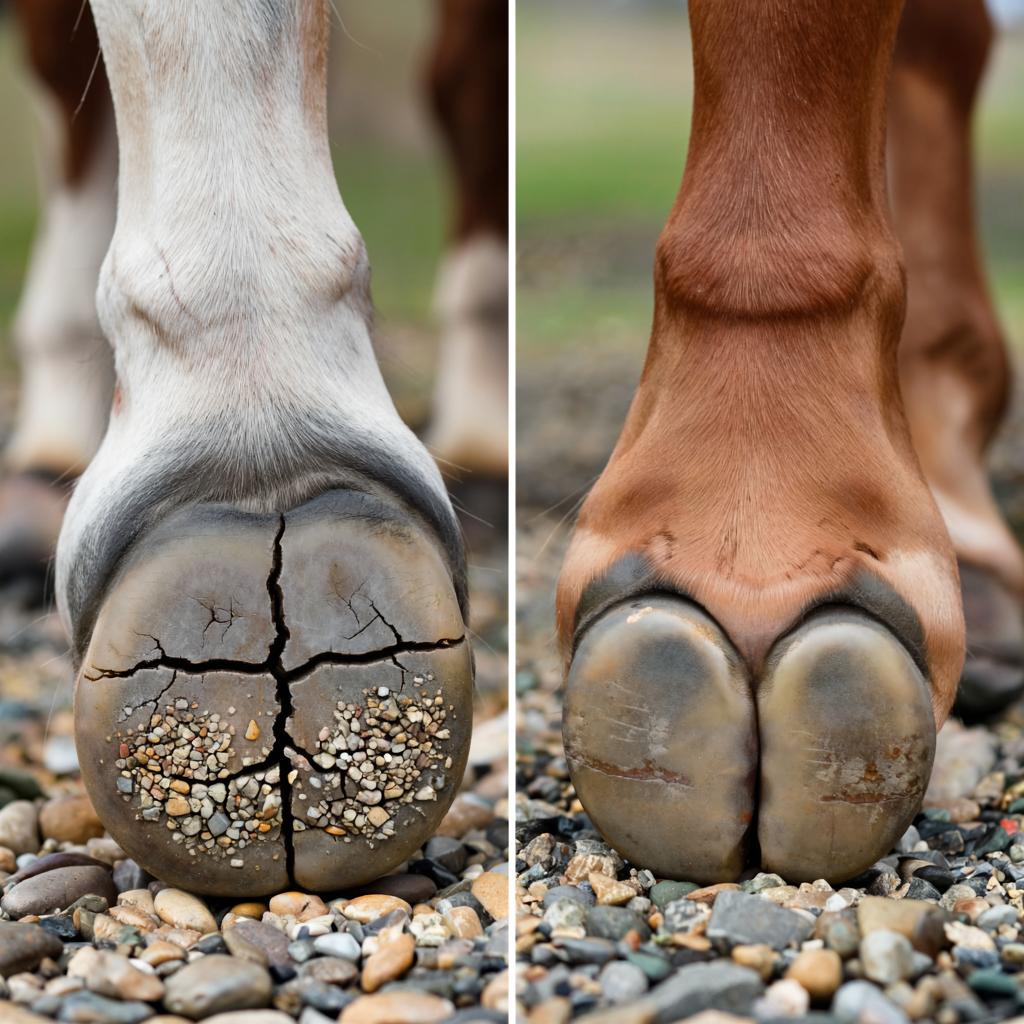
Mistake 4: Not Drying Hooves Properly
Even the most thorough cleaning won’t help if the hoof stays wet. Moisture breaks down the hoof wall over time, making it soft and vulnerable. Infections love damp, dark spots—and un-dried hooves are prime real estate.
How to Keep Hooves Dry
It’s not always obvious when a hoof is wet. After a bath, a rainy turnout, or even snow melt, moisture gets into the crevices. That’s why drying is just as important as picking.
Here are simple ways to keep hooves dry after cleaning:
- Wipe hooves with a towel, especially in wet seasons.
- Let animals stand on dry bedding after turnout.
- Avoid over-spraying hooves during hose-downs.
- Use a non-greasy hoof sealant if the ground stays soggy.
- Keep stalls clean and well-drained to reduce mud exposure.
Drying doesn’t have to be fancy. Just make sure no water sits in grooves or around the frog. Trimming vs cleaning doesn’t mean skipping drying—both are part of smart care.

Mistake 5: Rushing the Process
When chores pile up, it’s tempting to fly through hoof cleaning. But cutting corners often leads to missed debris, skipped grooves, and unnoticed warning signs. That’s when infections sneak in.
The difference between quick and careful is usually 30 seconds. But those 30 seconds make all the difference.
Take your time. Let the animal shift its weight. If they’re nervous, pause. Rushing causes mistakes—and sometimes injuries. Animals remember pain, and if cleaning hurts once, they’ll fight you every time after.
Good hoof cleaning isn’t about speed. It’s about attention. When you slow down just enough to notice the little things, you avoid most hoof care mistakes altogether.
Best Practices for Safe and Effective Cleaning
The best hoof hygiene tips aren’t complicated. Stick to basics and stay consistent. Start from the heel and move forward. Pick with a light hand, brushing gently afterward. Don’t forget to dry.
Clean tools help more than fancy ones. So does keeping a hoof pick near the gate or barn door. Make hoof cleaning part of grooming—not a separate event.
Most of all, pay attention. The more you clean, the better you’ll know what’s normal—and what’s not. That’s how hoof cleaning becomes your animal’s best line of defense.
There’s no secret trick. Just a little daily effort. Hoof cleaning protects more than just the hoof—it keeps your whole animal moving freely and comfortably.
Avoid common hoof maintenance errors by slowing down, picking the right tools, and sticking to a daily rhythm. Cleaning hooves correctly takes practice, but once it’s part of your routine, it’s easy to maintain.
Safe hoof cleaning methods don’t take long. But they make a lasting difference. And for your animal, that difference is everything.
You May Also Like

Thrush in Horses: How to Identify, Treat, and Prevent This Hoof Infection
June 26, 2025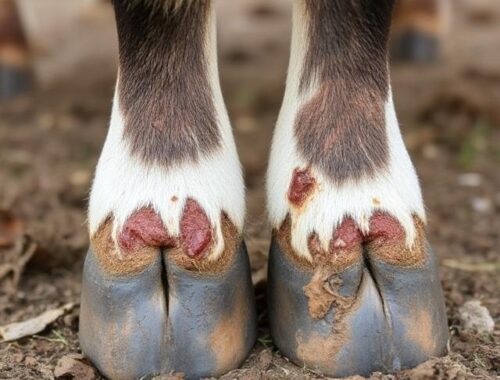
Common Hoof Diseases in Livestock and How to Treat Them
June 26, 2025